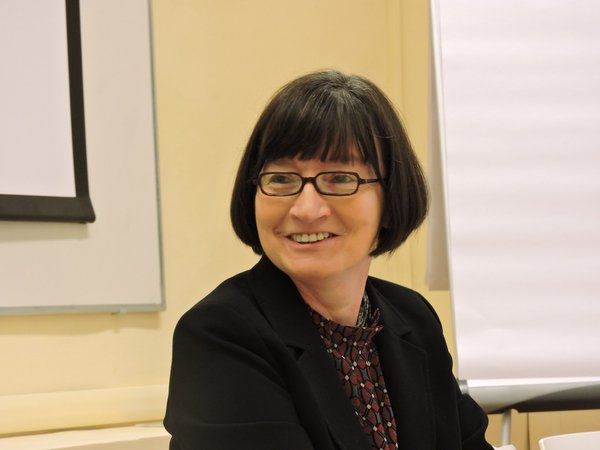Blanket Fort Chats: Game Making With Meagan Byrne
FemHype: the safe space for women & nonbinary gamers
2016-04-01
Miss N (Nicole Pacampara)
“Blanket Fort Chats” is a weekly column featuring women and nonbinary game makers talking about the craft of making games. In this week’s post, we feature Meagan Byrne, a Toronto-based Game Design student currently working as a Peer Mentor for her school’s Aboriginal Initiatives office and an active member of her school’s Aboriginal Student Group. She hopes to create games that reflect her Métis/Cree roots and bring new stories to video game players.
Miss N: Can you tell us a little bit about your background and how you got into making games?
Meagan: I actually started out in the live production/theatre field doing lighting design and event planning, but then the recession hit and I couldn’t find full-time work anymore. As my last contract was starting to wrap up, I took a really hard look at the job market. It was clear that if I stuck with this career, I was most likely never going to be able to rise above the poverty line. So I looked at what market was growing, and lo and behold, I saw the gaming industry!…
…Miss N: You’ve previously described Wanisinowin as a game about “being lost or unsure of your place in the world.” What drew you to this theme?
Meagan: I wasn’t told straight up that I was native until I was at least a pre-teen. It wasn’t really a shock, it was more of a “that makes sense” thing. What was hard was the rejection from the native community my aunt brought me to. Almost right away I was dismissed because my skin was too light or I because I didn’t grow up on a reservation. I didn’t feel comfortable going to “native” events or Friendship Centres. Was I going to be thrown out of there, too? My mother was not interested in embracing her identity, neither were my siblings, so I acted like I didn’t care either.
My aunt was my only connection, but it felt too distant that way. I felt that if this is what I am, then why do I feel like a fraud or an outsider? It was really only because of the growing Native community at my school and our Aboriginal Student Success Officer that I was able to find my path and begin to meet with other First Nations, Métis, and Inuit students, and talk to elders.
I know I am not the only Native person who feels this way. I’m sure even outside of the issue of Native identity, many people feel the pain of unsure cultural identity. I wanted to make a game that explored that and maybe work through my own issues of belonging…
Read the entire interview here.



